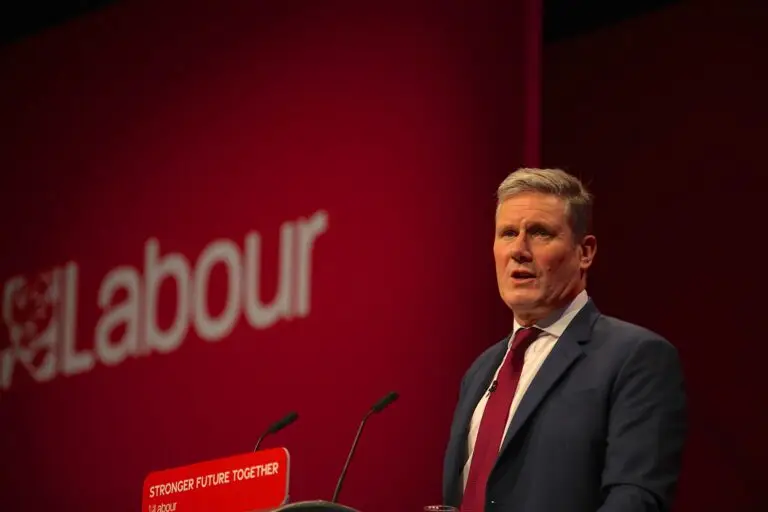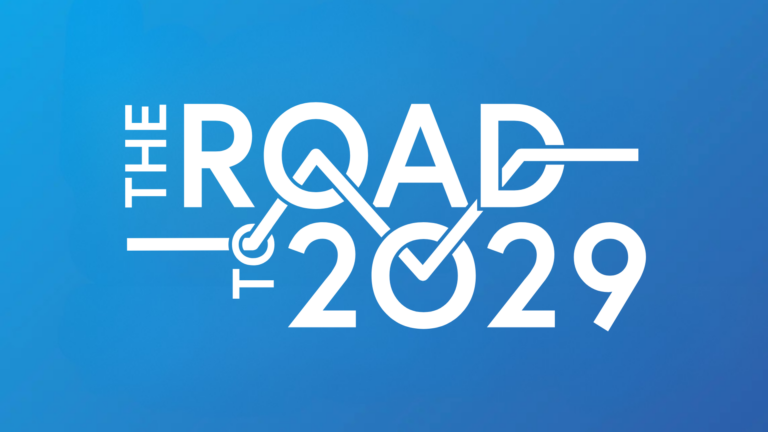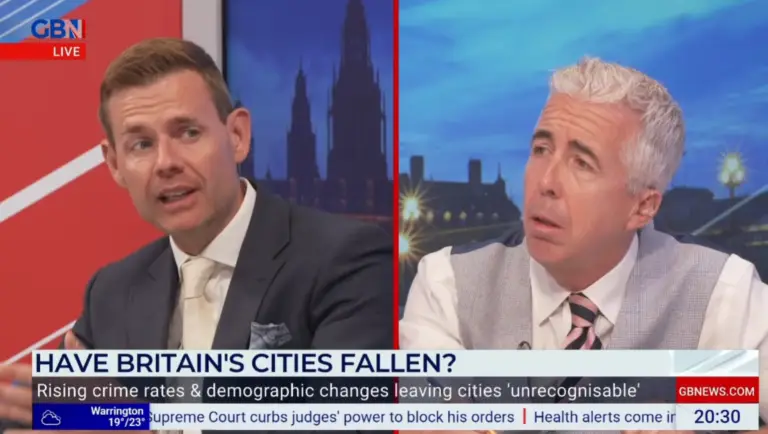Keir Starmer has now assembled his team for the election. Last week, in a major reshuffle, Starmer awarded the party’s right with several important positions at the expense of the “soft left”.
The reshuffle can be seen as a tactical move, bringing in Blair-era politicians with a wealth of experience to shore up Labour’s position ahead of the election next year. This seems to be the message that is being promoted by the party, with Starmer telling reporters on Wednesday that the reshuffle was designed to ensure that they had their “strongest possible players on the pitch for what is going to be a crucial part of the journey”. There are now six former ministers in the shadow cabinet. However, it is seemingly the consensus that this is the final step in Starmer’s three-year plan to move the party on from the Corbyn era, and he has been accused of creating a “narrow band of Blairites” by Momentum, the leftwing pressure group. David Linden, a Scottish National Party MP, told the Financial Times that the Labour reshuffle was “proper Blairism on steroids”.
There is no denying that the “soft left” has been marginalised by this reshuffle. Lisa Nandy, a prominent soft-left rival of Starmer’s from the 2020 leadership election, has been given what is perceived to be a significant demotion, from shadow housing and levelling up secretary to shadow international development minister. Her other ‘soft-left’ colleagues, Jonathan Ashworth and Nick Thomas-Symonds, were similarly demoted, while two others, Rosena Allin-Khan and Jim McMahon, resigned. In their place are significant figures from the New Labour era. Three former government aides from the Blair era, Pat McFadden, Liz Kendall, and Peter Kyle were given promotions, and former minister Hilary Benn returned to the Shadow Cabinet after a seven-year absence. Darren Jones, also from the right wing of the party, was rewarded with a place on Starmer’s top team.
The reshuffle is reminiscent of Blair and Mandelson’s restructuring of the party in the 1990s, pulling it further into the centre away from Corbyn’s “hard left” and towards New Labour which won Blair the election in 1997. It is a marked departure from Starmer three years ago when he won the Labour leadership and was perceived as being on the “soft left” between Blair and Corbyn. Starmer himself seemed to be keen to encourage this “change” narrative, telling reporters that he was relieved that his efforts in putting in “the hard yards to change the Labour Party” has seemingly paid off, with a strong set of Blairites sitting comfortably in key positions throughout the Shadow Cabinet.
The department heads for Labour’s 5 missions – Chancellor, Home, Health, Education, and Climate – have remained, suggesting Starmer has confidence in them to carry them through in the election. It also suggests that he wants stability in the roles which have particularly large and complex briefs, such as Health and Home Office, and if they win the election then the heads of these departments will be the most experienced individuals to lead them. It’s a marked change from the Conservative Government and their consistent flip-flopping of department heads over the past few years.
This reshuffle has noticeably gone significantly smoother than past ones under Starmer, after a very public falling out with Angela Rayner and her supporters during the May 2021 and November 2021 reshuffles. In contrast, despite some significant demotions, this reshuffle has been widely accepted. Whilst there might have been some mild grumbling from the left wing of the party, any serious complaints have taken place behind closed doors.
The reshuffle also came in the week of another significant appointment for Starmer, that of Sue Gray as his Chief of Staff. She is tasked with getting Labour ready for the transition into power and using her deep experience of the Whitehall machine to prepare the frontbench team as best as possible.
This all demonstrates not only the significant power that Starmer wields in the party off the back of their 18 point lead in the polls, but also the recognition that party unity is now more important than ever. With the coming election, public squabbling would not bode well in the polls, and in the face of the disarray the Conservative Party finds itself in, a strong and united Labour is in the best position going onto the campaign trail.





